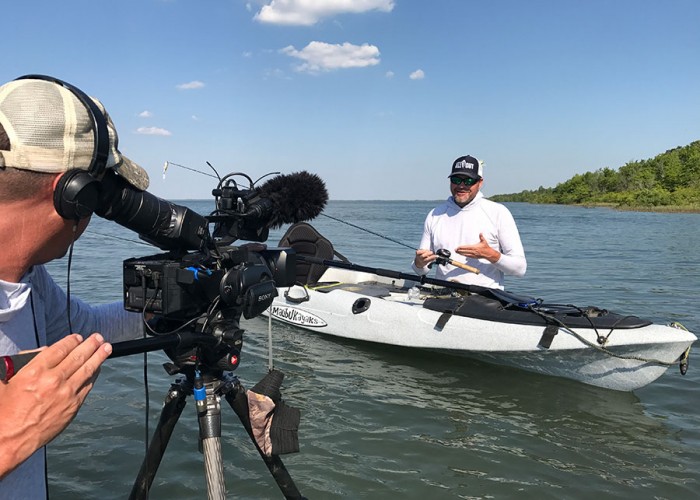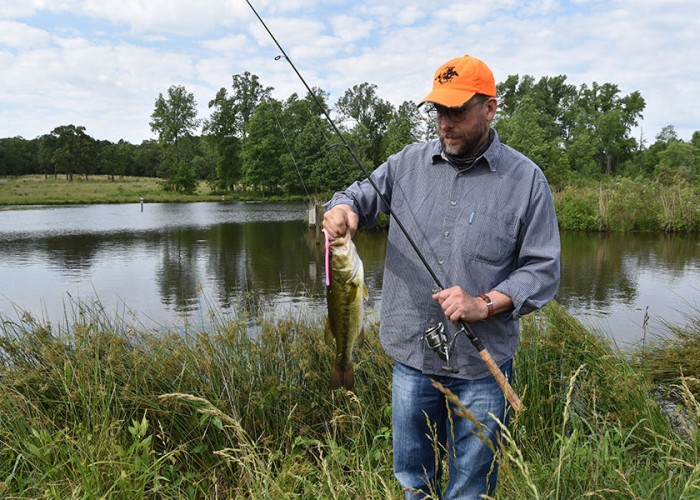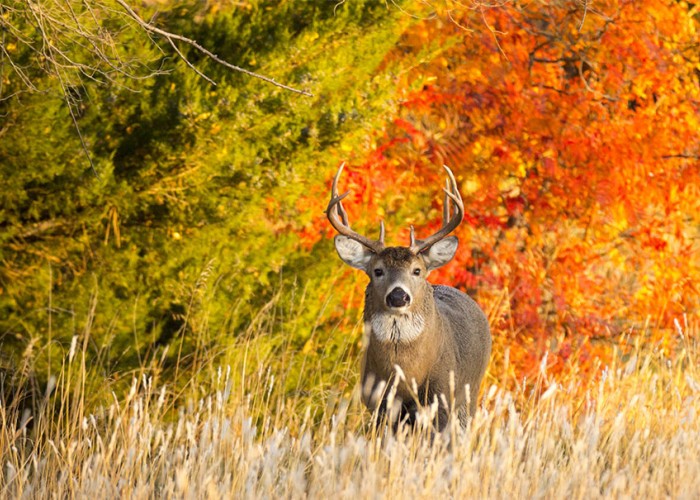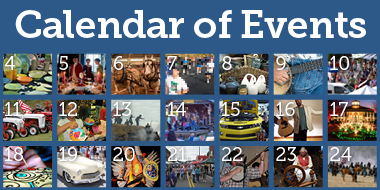Take Better Photos Outdoors
Tips for both beginners and advanced photographers
By Mike Zlotnicki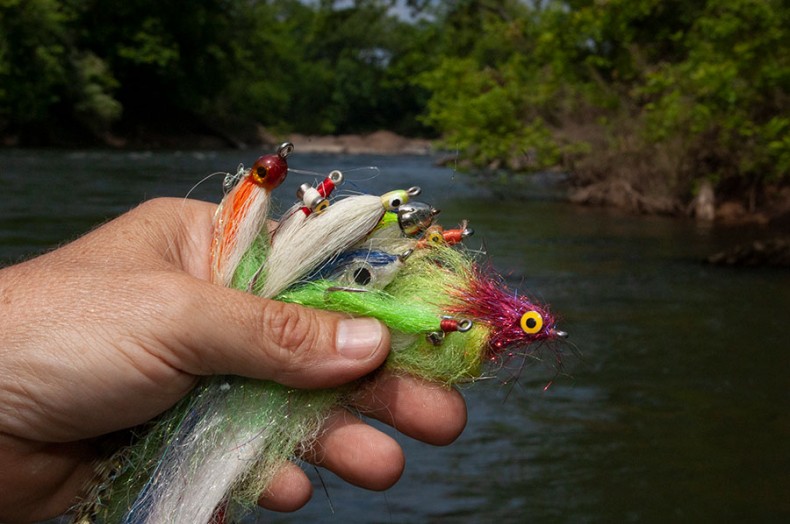
This detail shot shows a variety of striped bass streamer flies taken on the Roanoke River. I used the arced shape of the foliage on the bank to frame them. Photos by Mike Zlotnicki.
With the advent of inexpensive digital cameras — and especially smartphones with “advanced” cameras — photography has grown much easier for the unschooled masses. I’ve taken photos to support stories for years, but I’m not a professional photographer, by any means. So for this column, I asked two of my outdoors partners, Alex Webb, 68, of Hillsborough and Thomas Harvey, 32, of Cary, who are also excellent photographers, for tips on capturing those “Kodak Moments.”
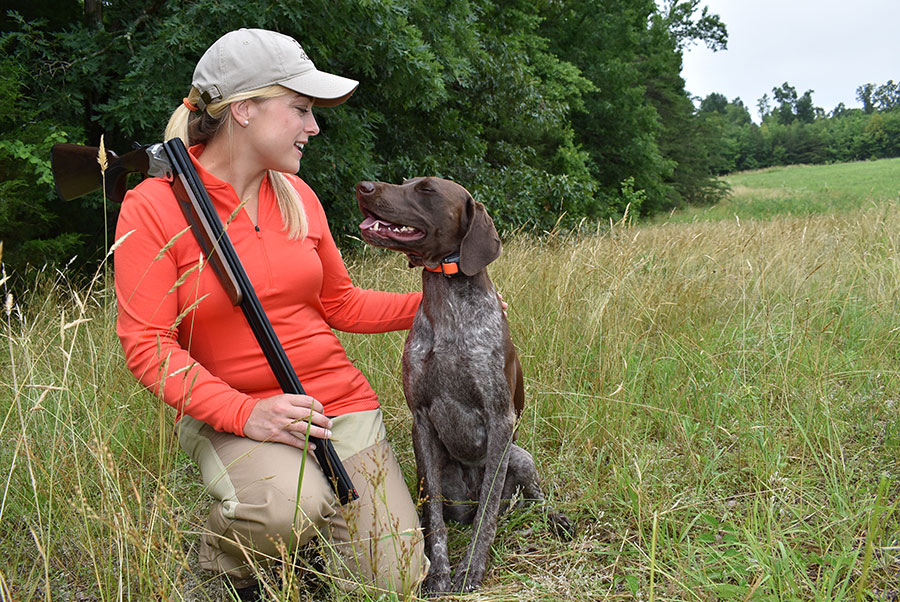
This photo of Emily Shirey and her German shorthaired pointer Blitz uses the rule of thirds in composition and some fill flash to eliminate patch shadows.
Alex shot news and sports for years as well as shooting for fun. Thomas is a self-taught photographer who excels both outdoors and in the studio. They both had the same initial suggestion: Learn to shoot manually.
“Learn to shoot in manual mode,” Alex says. “Knowing how aperture, shutter speed and ISO relate to each other for given situations will allow you to better use other modes on today’s cameras. Shooting college football for a daily newspaper in the days before digital photography taught me very quickly how best to utilize manual settings. Keeping up with the action under changing light conditions was challenging.”
Thomas concurred. “Pay attention to your light source(s) — be it the sun, flash or anything else,” he says. “Understanding, controlling and manipulating light is key to making excellent photographs. Moreover, you must understand the basic ways in which you can exploit exposure through balancing ISO (your film/sensors’ sensitivity to light), shutter speed — the length of time your film/sensor is exposed — and aperture (measured in stops, the amount of light your lens lets through to your sensor). The best way to see this reciprocal relationship is to shoot in full manual mode.”
Even modern smartphones these days allow for manual exposure, Thomas points out.
Given that learning to shoot manually can’t really be covered in this short space, I also asked for some more general advice for using digital single lens reflex (DSLR) cameras and phone cameras.
“Early on, I struggled with the proper use of depth of field,” Alex admits, referring to what is in sharp focus in a given frame. “But by using the depth-of-field preview button, I learned to choose an aperture that gave me the results I wanted and could see the results before taking the shot in case I needed to adjust it.”
Thomas stresses lens focusing. “While exposure is important, it is nothing without proper focus,” he says. “Take the time to understand how your camera’s AF system works and apply the correct setting before anything else. Also keep in mind that the lower your f-stop, the higher the likelihood you miss focus as the focal plane narrows. While we all are tempted to shoot wide open all the time, consider using f/8 as a starting point to ensure sharp, in-focus outdoor images.”
Thomas also stresses making photographs “with intention.” He recommends slowing down to think through what you want your final image to be, and let that help you when composing and exposure.
Alex has a simple but valuable tip. Go wide [focal length] or go long. Wide lenses give context of the scene, while telephoto lenses bring home details.
-
More NC Outdoors
-
Share this story:

